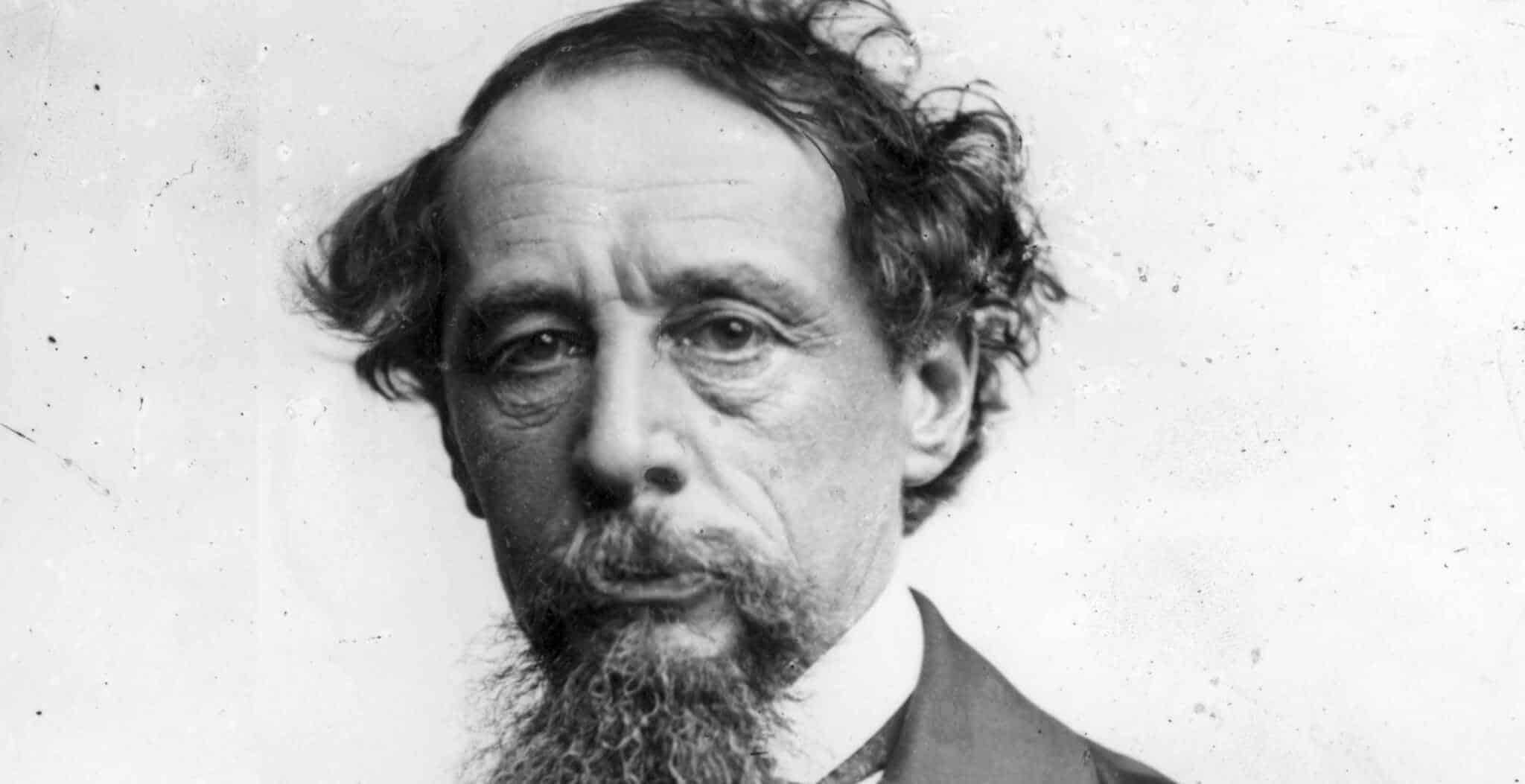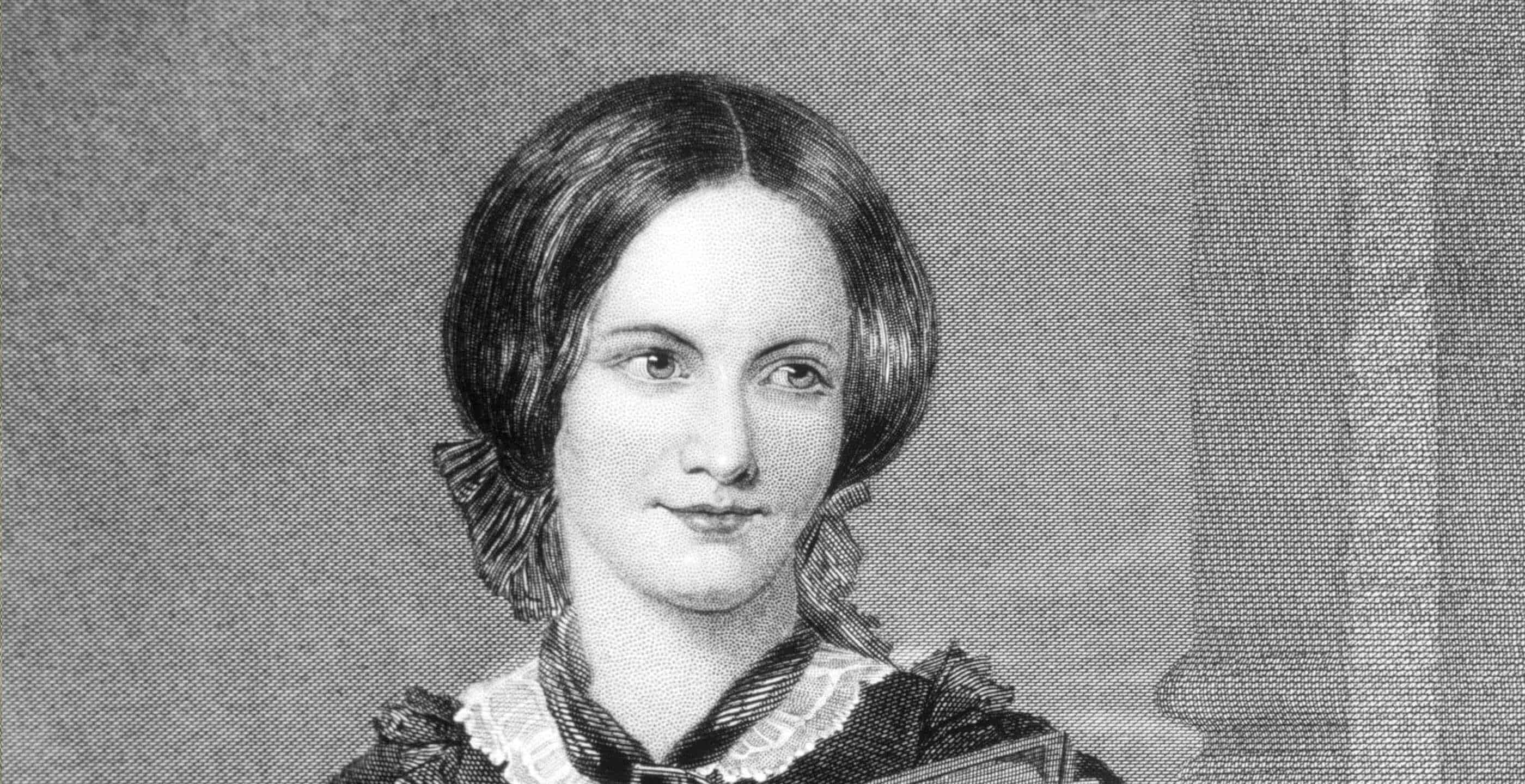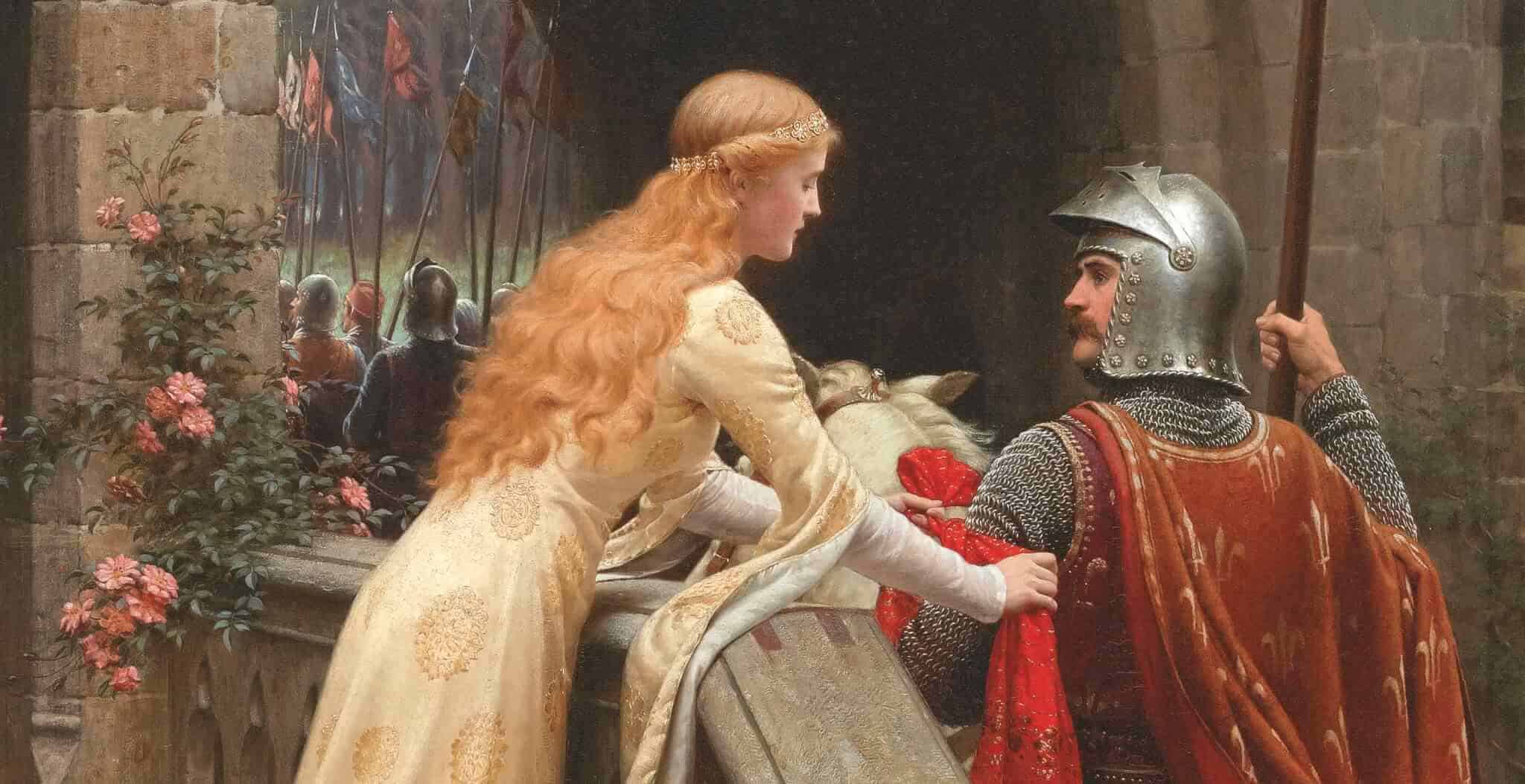The beginning of the Edwardian era (1901-1914) marked the end of the longest reign in British history to that date: that of Queen Victoria. With the advent of a new monarch and a new century, Edwardian writers created protagonists who looked introspectively, and thought critically about the moralism and technological advances of the previous era.
Edwardian writers like E.M. Forster, Joseph Conrad, and H.G. Wells built upon the social conscience of Victorian era (1837-1901), writers such as Charles Dickens and Charlotte Bronte. Their epic Bildungsromans ‘Oliver Twist’ and ‘Jane Eyre’ probed at the disparity between social class, gender and family hierarchies. Later writers expanded upon these themes by satirising the discrimination inherent in Victorian ideas towards different classes and foreign cultures. Edwardian era writers focused on the bigger picture: subversive ideas were presented metaphorically, symbolically, and in opposition to the liberating force of nature.
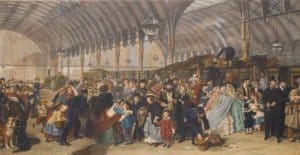
Along with the exploration of ingrained bias, Edwardian era writers also examined the fears and social anxiety surrounding technological advances. The Victorian era saw over 18,000 miles of railways in Britain (by 1900) and the creation of new communication technologies, the most memorable being the invention of the telephone by Alexander Bell (1876). As mass imports, exports and travel became easier, fears arose that consumerism and the sudden leap forward in technology would change society for the worse.
Philosopher John Stuart Mill expressed his concern about this increased production, industrialisation and progression on the literary world in his essay ‘Civilisation’ (1836), in which he stated his views on human improvement. He wrote that, ‘When there were few books, and when few read at all save those who had been accustomed to read[ing] the best authors, books were written with the well-grounded expectation that they would, be read carefully, and if they deserved it, would be read often.’ Mill goes on to write that, ‘The rewards were then for him who wrote well, not much; for the laborious and learned, not the crude and unformed writer. But now the case is reversed.’
Despite Mill’s fear of a future populated by dime-a-dozen page turners, the Edwardian era produced an admirable amount of literary fiction that probed deep into the inner most workings of a society still effected by Victorian values. Edwardian era writers existed in a space between Victorian era Romanticism (prominent in the mid-19th century) and the early 20th century Modernist movement.
Novels like ‘Heart of Darkness’ (1899) by Joseph Conrad and ‘A Room with a View’ (1908) by E.M. Forster are clearly influenced by the emphasis on the individual and the power of nature presented in Romantic works (Wordsworth’s poems about nature are perhaps the most relevant example). ‘A Room with a View’ in particular is written with hints of what would later become the Modernist movement, which denied past traditional values and strove for the freedom to create new values for a new era. Ezra Pound’s maxim ‘Make it new’ is often exemplified as the overwhelming feeling behind this movement.
These novels were designed to be read under the critical microscope of a society already moving away from Victorian Conservatism and moralism. Of course, this newly enlightened view on the inner workings of society met with the female suffrage movement. More narratives than ever began to place women as the protagonist in their own story, rather than a supporting character.
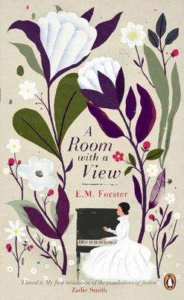
Nowhere is this desire for female emancipation clearer than in Forster’s ‘A Room With a View’. Moving away from technology and into the arms of mother nature, Forster’s protagonist Lucy finds freedom in Italy, influenced by the transformative properties of the River Arno. Freed from Victorian social expectations, Lucy falls for George Emerson, a man of a lower social standing than her.
While ‘A Room With a View’ crosses social status boundaries, ‘Heart of Darkness’ crosses territorial boundaries. Conrad’s protagonist Marlow travels through the Congo as a sail boat captain, and on his travels he is shocked by the barbarism of the natives. He makes comments linking them to disembodied beings (‘black shapes’ ‘figures’), unaware that, by entering their land with his imperial English force, he has unfairly colonised their home and turned them into strangers on their own soil.
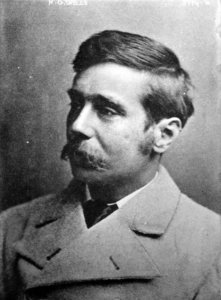 H. G. Wells
H. G. Wells
H.G. Wells’ ‘The War in the Air’ (1907) is strongly on the John Stuart Mill side of the argument, with Well’s narrative eventually depicting a post-apocalyptic world torn apart by the advancement of air warfare and weapons of mass destruction. The greengrocer’s quiet suspicion about technological advancement at the beginning of the novel is then proven right, and Well’s gives gravity to the widespread social fears about mass production, machinery and increasing industrialisation.
While some novels published in the Edwardian era encouraged the xenophobia-fuelled fears embedded in Victorian era thinking, a great deal of books aimed to find spiritual freedom, which manifested itself in liberating oneself from society’s rules, and liberating oneself from the shame and embarrassment inherent in rejecting community values. The transition between the Victorian and the Edwardian age literature is an interesting one, and the Edwardian era functions as a welcome break from Victorian age narratives that purported to explore the social issues of the time, while ignoring bigger topics like racism, sexism, and spirituality.
Lexi Burgess is a Literature and Creative Writing student going into her second year at Lancaster University.



